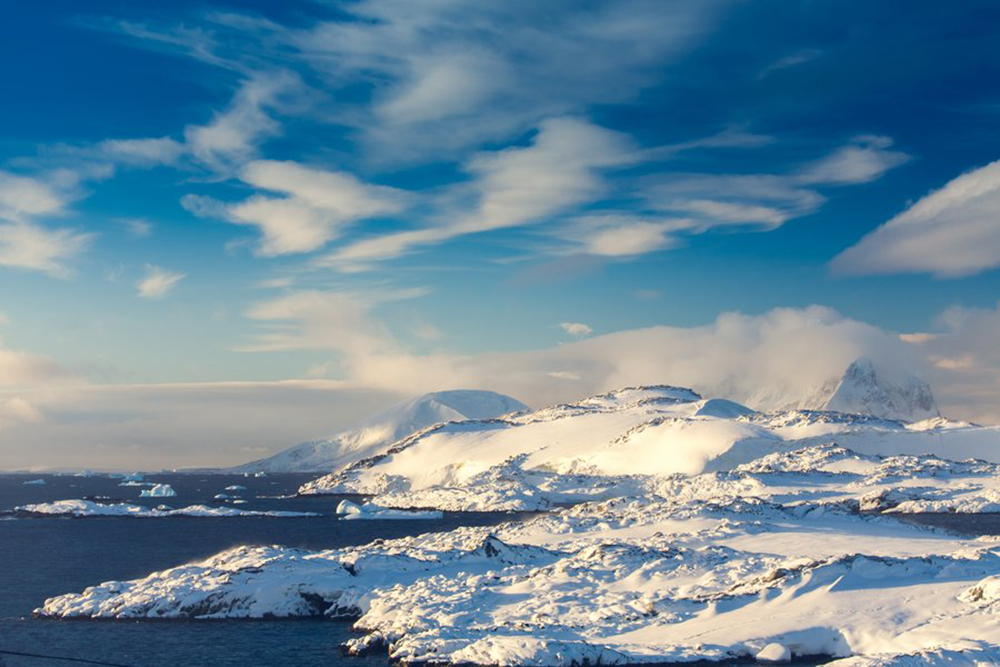
Global warming makes the Arctic ice melt, and this affects the currents in our oceans and leads to drastic changes in our climate.
Climate researchers therefore have their work cut out, because they not only have to monitor the melting ice, they also have to monitor the changes in the salt balance of the ocean.
"We know that temperatures are rising. We know that the ice is melting. But we don't know much about where the melt water flows out of the ice cap, or what happens when it mixes with sea water. This is our blind spot," says Professor Søren Rysgaard from the Department of Bioscience, Aarhus University.
So far, it has not been possible to carry out sufficiently detailed measurements of the mix ratio between fresh melt water from glaciers and salty seawater.
In order to gain new knowledge about the melting ice and the extent of the problem, climate researchers from the Department of Bioscience at Aarhus University and their colleagues from Aarhus University School of Engineering have developed an advanced water collector that can be controlled from the shore.
This week, the water collector will embark on its maiden expedition in the Arctic Ocean, where will collect water samples over an entire calendar year.
"This is an important expedition and an important invention. By examining the seawater at molecular level, we can gain knowledge about how much of the melted ice cap it comprises. At the same time, we’ll be able to see the development over a continuum of time, and this is very useful," says Søren Rysgaard.
The salt content of the Arctic Ocean plays a key role in climate change, and it regulates an important global phenomenon when the warm water from the Gulf Stream meets the cold water east of Greenland and sinks to the bottom.
"Small differences in the salt content of the ocean can have a major impact on the climate all over the world, and so we’ve focused on developing a device based on technology that makes it possible to retrieve water and examine it in the laboratory at a level of precision that cannot be achieved in situ," says Claus Melvad, senior professor of engineering, Aarhus University.
When temperatures rise, the seawater will not be cooled down as much as previously, and the increased melted ice will make the surface water less salty and therefore lighter. This messes up the delicate mechanism that runs the circulation of sea currents around the whole globe.
Today, climate researchers have a number of unresolved questions about the melting ice, and about how melt water spreads in the sea.
They therefore hope that the engineers’ water collector can provide them with large amounts of data that they could only dream of in the past.
The device is designed and constructed such that it can cope with the extreme pressure and low temperatures on the seabed, explains Claus Melvad.
"We've worked a lot on materials, construction and design, so the water collector can cope with the conditions in the Arctic Ocean. However, our biggest challenge has been the valves to let the water into the test dispensers and subsequently keep them sealed to prevent contamination."
The climate researchers will continuously examine the samples from the sea and measure water isotopes, so that in future they can develop more accurate forecasts of climate change.
"We know that the amount of melt water from the ice cap in the sea is rising because of the warmer climate. And we want to understand why this is happening, how quickly it’s happening, and how this changes over an entire year. We need data from remote Arctic regions to produce more accurate climate models, and now we’ll have access to this data," says Søren Rysgaard.